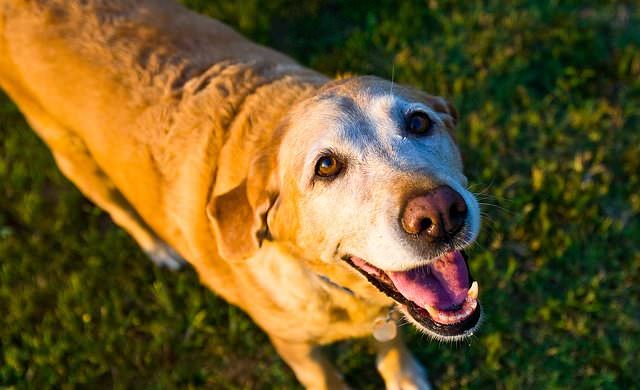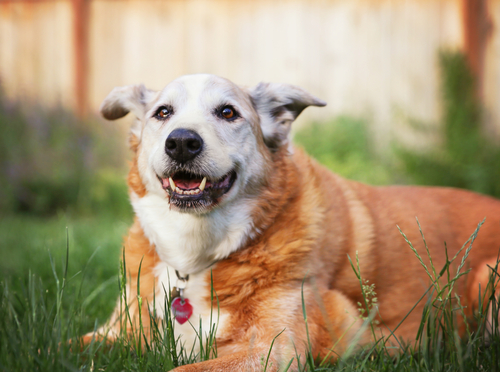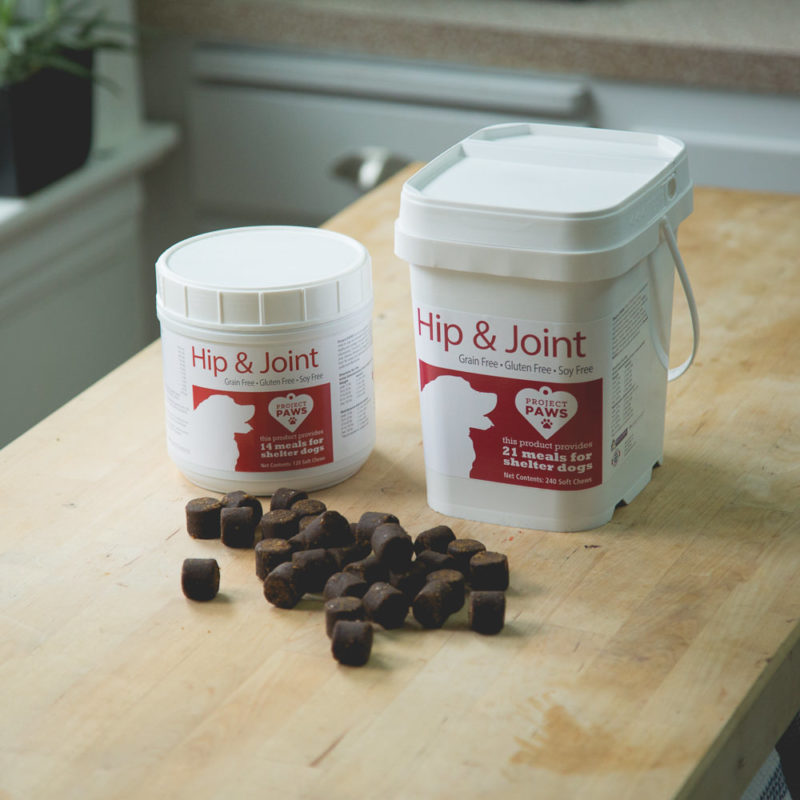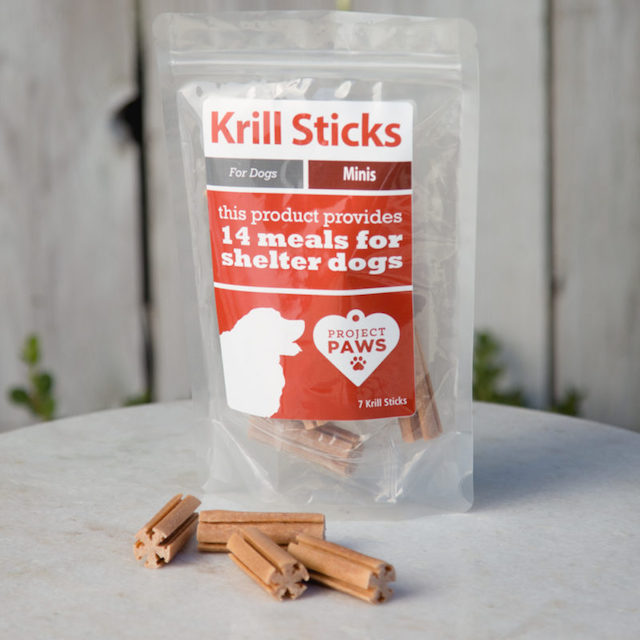
I had an eye opening conversation recently with a friend that really enlightened my perspective on the aging process in dogs. It went like this:
ME: Is my dog aging too fast?(I was totally skeptical when my friend dropped this one on me but I was intrigued). Aging too fast – as in faster than they should? “Yes.” He went on to explain it like this.
FRIEND: Have you ever seen a human that looked way older than they were? What about mentally, physically or emotionally – not just in appearance? If that can happen to people, it is certainly logical it can happen to dogs.
ME: I can see that.
FRIEND: Besides genetics, what do you think contributes to that process?
ME: Probably things like poor diet, not taking care of themselves, and things like that.
FRIEND: Right. And what would prevent that?
ME: The opposite – a good diet, exercise and for owners the correct knowledge to provide the best care possible. Prevention is pretty important.
FRIEND: It is the same in dogs.
ME: Do you think there is a correction that can happen in a dog’s life cycle? ( I asked this because being a pet parent is a learning curve and I know I’ve been making better and better choices but I didn’t start day 1).
FRIEND: Sure if you know what to look for.
Issues Leading to Aging Too Fast
So, what do we look for in premature aging? I decided to check with our resident vet Dr. Kathryn Primm to get the top 3 things she sees that contribute to premature aging and what we can do as owners to ultimately help lengthen the life of our precious pups as much as possible.

Weight Gain
We all know extra weight is “bad” but how does weight gain negatively impact a dog’s system and how they age? Dr. Primm directed me to a study Purina did that showed lean/normal weight dogs live 1.8 years longer than their overweight littermates. In addition, we also know that extra weight puts unnecessary pressure on joints, potentially contributing to osteoarthritis and other conditions that rapidly increase pressure on dog’s systems (mobility, immune, mental, etc.).
According to PetMD, there are several causes of obesity. It is most commonly caused by an imbalance between the energy intake and its usage. Too much intake without enough exercise. This can be caused by surplus intake (too much food, treats, etc.) and not enough exercise OR the correct amount of food but not enough exercise.
Beyond feeding your dog only twice per day (i.e. not free feeding or keeping the bowl full of food but setting designated mealtimes) natural, healthy treats (grain free, gluten free made in USA, etc.) in between can bolster their system without adding a ton of extra calories. Happy, Healthy offers natural 100% freeze dried beef liver and 100% freeze dried chicken breast with zero additives, for example. Whatever you use to treat, make sure it doesn’t pack on a ton of extra unneeded calories and that the quality is as high as possible.

Dry Hair/ Coat Issues
An unhealthy coat can be an outward sign of internal issues such as poor nutrition, endocrine disease, allergic disease, parasitic disease and more. All these conditions take a huge toll on a dog’s system and if left untreated can cause further, irreversible damage and even contribute directly to early mortality. If a dog owner notices their dog’s hair feels dry or even oily, it is time to chat with a vet.
The good news is we have a good amount of science and support that show omega 3 fatty acids can concentrate in the skin, fights inflammation, and helps support a shiny, healthy coat with normal shedding. Omega 3‘s also help promote a healthy immune syestem, may help promote healthy joints as well.
All the evidence seems to point to the fact that a quality Omega 3 supplement is an easy and safe way to do a lot for your pup. Happy, Healthy developed a unique, high quality Omega 3 supplement to maximize the benefits to a dog’s system – you can see more here. Regardless what you use, make sure the brand you choose is high quality, made in the USA and comes from a trusted source.

Stiffness/ Lameness
If you notice your pup’s mobility change, it is absolutely worth looking deeper into – no matter how young they are. Some breeds like GSDs and Boxers are prone to mobility (hip and joint) issues earlier in their life cycle. According to Dr. Primm, “Osteoarthritis is the usual culprit of the onset of stiffness and lameness regardless of age. Seeing a vet sooner than later is important because most of the time dogs will respond dramatically well to a mobility and pain management plan. Addressing the issue head on allows us to be proactive and increase their quality of life over the long term.”
What kind of things are in a mobility and pain management plan? Here are two of the most recommended pieces:
- Making sure that your dog gets daily exercise (and not just a quick walk out to potty, but planned aerobic exercise) to strengthen the muscles is important. The muscles can help “divide the load” and take some of the stress off of aging joints.
- There are fairly recent studies that show young dogs with genetic predispositions to joint disease, like dysplasia, show great progress and slowing of their condition with supplementation. Quality Omega 3 supplements can fight inflammation and supplements like glucosamine can promote healthy and lubricated joints for both young and old pups.
Our Happy, Healthy joint care supplements are not only great for easing joint issues, but also provide beneficial nutrients that help support other systems in your pup’s body.


In the end, if we proactively monitor our dog’s health in perspective with their age, we can spot potential challenges and address them responsibly. With the help of modern veterinary knowledge and planned exercise activity we can prolong the aging process which allows us to love and enjoy our wonderful companions as long as possible.
These statements have not been evaluated by the Food and Drug Administration. This product is not intended to diagnose, treat, cure, or prevent any disease. The information on this website is not intended to replace a one-on-one relationship with a qualified health care professional.
 Toledo, United States.
Toledo, United States.